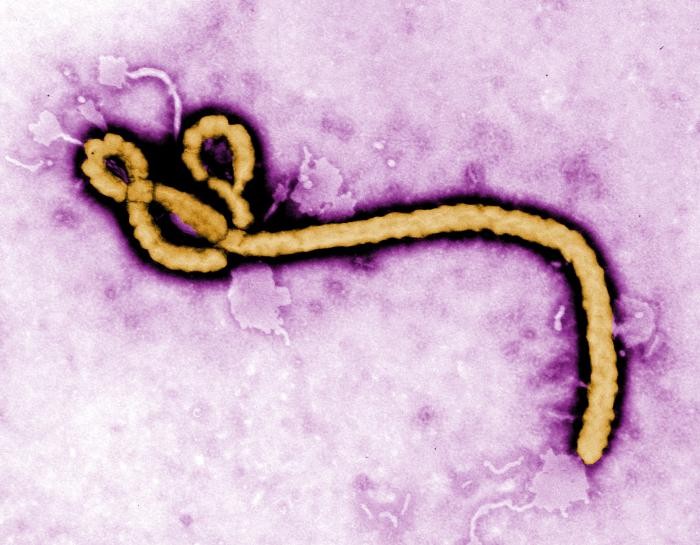by
Stepy —
October 4, 2014
- One important aspect of healthy living is being educated on outbreaks and epidemics and knowing what steps to take to keep yourself and your loved ones safe.
- The Centers for Disease Control and Prevention has confirmed through lab tests, the first case of Ebola to be diagnosed in the United States. The person traveled to Dallas, Texas from Liberia. The patient did not exhibit any symptoms when leaving West Africa, but started to show symptoms about four days after arriving in the United States on September 20.
- After developing symptoms consistent with the Ebola virus, he was admitted to the hospital. The medical facility sent specimens to the CDC to be tested.
- “Ebola can be scary. But there’s all the difference in the world between the U.S. and parts of Africa where Ebola is spreading. The United States has a strong health care system and public health professionals who will make sure this case does not threaten our communities,” said CDC Director, Dr. Tom Frieden, M.D., M.P.H. “While it is not impossible that there could be additional cases associated with this patient in the coming weeks, I have no doubt that we will contain this,” Frieden added.
- CDC has been anticipating and preparing for a case of Ebola in the United States.
- They have been doing the following:
- • Enhancing surveillance and laboratory testing capacity in states to detect cases
- • Developing guidance and tools for health departments to conduct public health investigations
- • Providing recommendations for healthcare infection control and other measures to prevent disease spread
- • Providing guidance for flight crews, Emergency Medical Services units at airports, and Customs and Border Protection officers about reporting ill travelers to CDC
- • Disseminating up-to-date information to the general public, international travelers, and public health partners
- Ebola is infectious: Which means that people infected are highly likely to get sick. The virus is not highly contagious, so it doesn’t spread easily.
- However, it is transmitted through bodily fluids, direct contact with the blood or secretions of an infected person, exposure to objects (such as needles) that have been contaminated with infected secretions.
- Note: None of the information in our website is intended to diagnose, treat, cure or prevent any illness or disease. The content on our website is for educational purposes only.


















